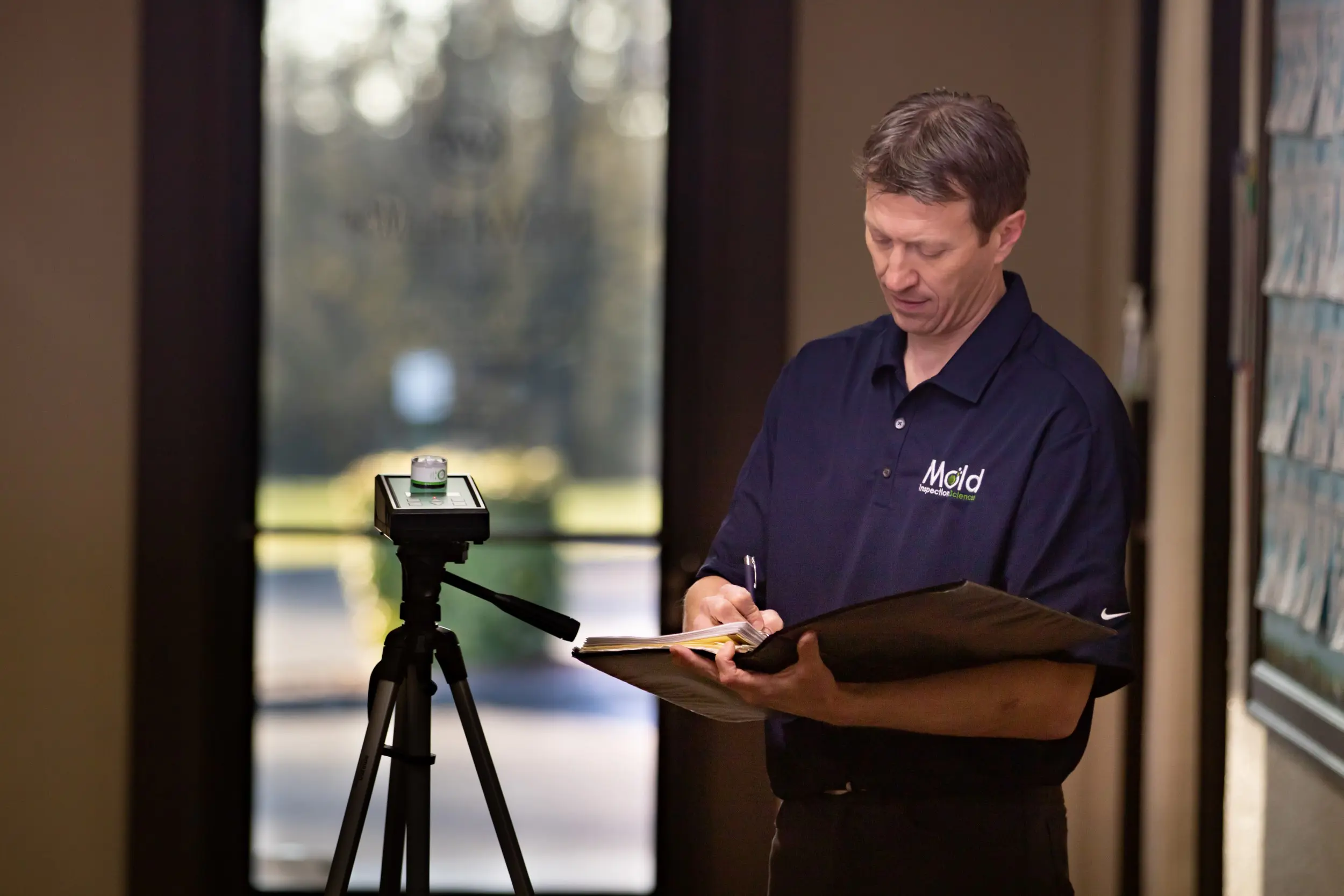Specialist Tips for Message Mold And Mildew Remediation Success
In the world of mold and mildew removal, efficiently getting rid of mold is just half the fight; the true difficulty exists in avoiding its reappearance. By adhering to expert tips and finest techniques, individuals can protect their spaces versus mold resurgence and maintain a healthy and balanced indoor atmosphere.
Screen Humidity Degrees On A Regular Basis
After completing mold removal treatments, maintaining ideal moisture degrees is important to prevent mold re-growth and guarantee a healthy and balanced interior environment. High humidity degrees over 60% create a conducive environment for mold and mildew to flourish, making normal keeping an eye on an aggressive action to prevent any type of future mold issues.
Utilizing hygrometers or moisture meters can aid in precisely determining humidity levels in different areas of the property. These devices provide real-time data that enables remediation professionals to make informed choices regarding air flow, dehumidification, and various other essential activities to preserve suitable moisture levels post-remediation. Additionally, establishing a routine timetable for moisture checks, specifically in risky areas such as kitchens, restrooms, and cellars, is an aggressive technique to mold prevention. By consistently keeping track of moisture levels, homeowner can efficiently mitigate the threat of mold reoccurrence and preserve a healthy and balanced interior environment post-remediation.
Conduct Thorough Inspections Post-Remediation
Complying with the completion of mold and mildew removal procedures, it is essential to perform comprehensive examinations to validate the efficiency of the removal procedure. These post-remediation examinations are critical in making sure that the mold and mildew issue has actually been efficiently dealt with which there is no reappearance or remaining mold development. Assessments must be accomplished by certified professionals who have expertise in identifying mold and evaluating interior air high quality.
During these assessments, numerous approaches such as aesthetic evaluations, air sampling, and surface area sampling might be utilized to completely evaluate the remediated locations. Aesthetic evaluations include a thorough inspection of the facilities to inspect for any type of noticeable indicators of mold and mildew growth or water damages. Air tasting assists in establishing the airborne mold and mildew spore degrees, while surface area sampling can identify mold particles on surface areas.
Implement Appropriate Air Flow Methods
After making certain the performance of the mold and mildew remediation procedure via detailed evaluations, the next essential action is to focus on carrying out proper air flow methods. Sufficient ventilation is crucial in preventing mold reoccurrence by regulating moisture degrees and advertising air flow.
Correct air flow not only help in avoiding mold and mildew growth but also contributes to the overall health and wellness and comfort of passengers. By ensuring appropriate air flow throughout the residential or commercial property, you can reduce the danger of mold and mildew regrowth and develop a much healthier living atmosphere.

Usage Mold-Resistant Products for Services
To boost the lasting performance of mold remediation efforts, including mold-resistant products for repair services is critical in minimizing the threat of future mold growth. Mold-resistant materials are designed to withstand dampness and inhibit mold growth, making them a necessary selection for locations vulnerable to dampness and humidity. When fixing areas affected by mold and mildew, using products such as mold-resistant drywall, mold-resistant paints, and mold-resistant caulking can aid protect against mold reappearance.
Mold-resistant drywall is an exceptional option to typical drywall in areas like shower rooms and cellars where dampness levels are higher. When subjected to damp problems, this type of drywall has a special layer that resists mold and mildew growth also. In addition, utilizing why not check here mold-resistant paints consisting of antimicrobial agents can further inhibit mold and mildew growth on walls and ceilings.
In locations where dampness prevails, such as bathrooms and kitchens, utilizing mold-resistant caulking around bathtubs, sinks, and windows can assist seal out water and avoid mold and mildew from holding in fractures and crevices. By buying these mold-resistant products during repairs post-remediation, you can considerably decrease the likelihood of future mold and mildew concerns and maintain a much healthier interior environment.
Maintain Sanitation and Address Water Issues
After mold and mildew remediation, it is essential to preserve a tidy atmosphere to protect against the regrowth of mold and mildew. Leakages, water intrusion, or high moisture degrees can create the ideal reproduction ground for mold and mildew, so it is essential to take care of any kind of water-related problems quickly.
To maintain sanitation, consider using HEPA filters in vacuums and air purifiers to trap mold spores and avoid their blood circulation airborne. Making certain appropriate air flow in areas prone to moisture buildup, such as bathrooms and kitchens, can assist keep humidity degrees in check. By staying watchful about sanitation and resolving water problems quickly, you can effectively prevent mold and mildew reinfestation and preserve a healthy interior atmosphere.
Conclusion

In the world of mold removal, successfully eliminating mold is just half the fight; the real obstacle lies in preventing imp source its reappearance. After completing mold remediation procedures, preserving ideal moisture degrees is essential to stop mold click here for more info and mildew re-growth and make certain a healthy and balanced indoor environment. High humidity levels above 60% create a conducive atmosphere for mold and mildew to grow, making normal monitoring a proactive measure to avoid any type of future mold and mildew problems.
To boost the long-term efficiency of mold remediation initiatives, including mold-resistant products for repair services is vital in reducing the risk of future mold and mildew growth. After mold and mildew remediation, it is crucial to preserve a tidy setting to stop the regrowth of mold.